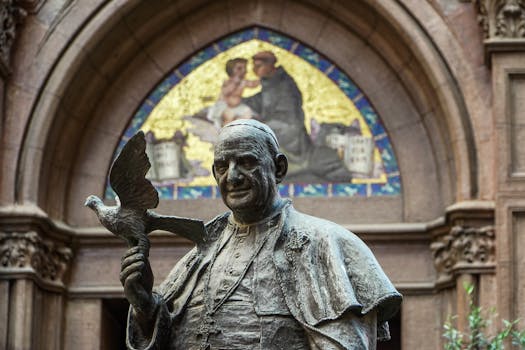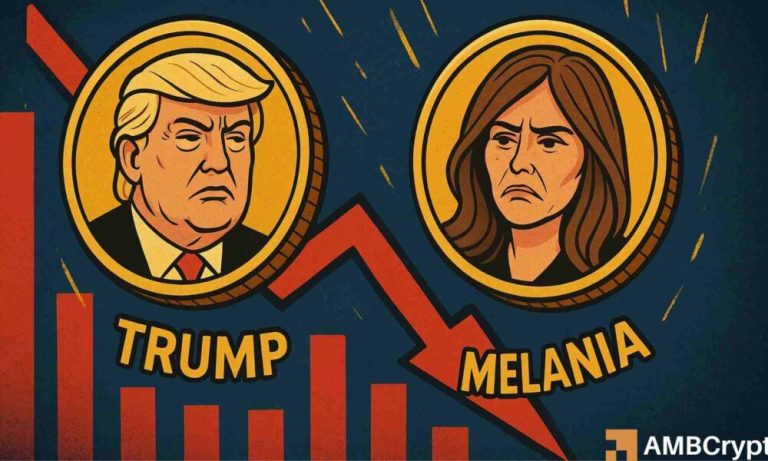
Traveling Through Time: How Europe’s Historical Heritage Shapes Modern Lifestyles in 2025
Europe’s historical heritage is a treasure trove of cultural, architectural, and artistic riches that have been accumulated over centuries. As we travel through time, we find that the past continues to shape the present in profound ways. In this article, we will explore how Europe’s historical heritage shapes modern lifestyles in 2025, and what we can learn from the past to build a better future.
Introduction to Europe’s Historical Heritage
Europe’s historical heritage is a complex and multifaceted phenomenon that encompasses a wide range of cultural, architectural, and artistic expressions. From the ancient ruins of Greece and Rome to the modernist masterpieces of Barcelona and Berlin, Europe’s cities are a testament to the power of human creativity and innovation. As we travel through time, we find that the past continues to shape the present in profound ways, influencing everything from our language and customs to our art and architecture.
The Impact of Historical Heritage on Modern Lifestyles
So, how does Europe’s historical heritage shape modern lifestyles in 2025? One way is through the preservation and restoration of historical landmarks and monuments. Many European cities have made a concerted effort to preserve their historical heritage, recognizing the importance of these sites as tourist attractions and cultural icons. For example, the city of Paris has invested heavily in the restoration of the Notre Dame Cathedral, which was damaged in a devastating fire in 2019. Similarly, the city of Rome has undertaken a major restoration project to preserve the ancient ruins of the Colosseum.
Another way in which historical heritage shapes modern lifestyles is through the influence of traditional customs and practices. Many European cultures have a rich tradition of folk music, dance, and art, which continue to be celebrated and practiced today. For example, the flamenco music and dance of Spain, the folk music of Ireland, and the traditional crafts of Germany are all examples of how historical heritage continues to shape modern lifestyles.
Conclusion
In conclusion, Europe’s historical heritage continues to shape modern lifestyles in 2025 in profound ways. From the preservation and restoration of historical landmarks and monuments to the influence of traditional customs and practices, the past continues to inform and inspire the present. As we look to the future, it is essential that we recognize the importance of preserving our historical heritage, not just as a tourist attraction or cultural icon, but as a living, breathing part of our collective identity.






